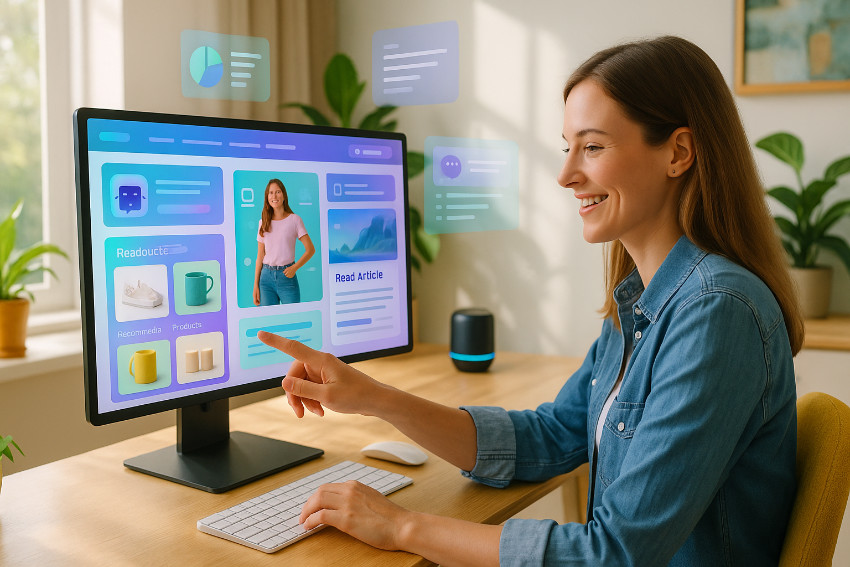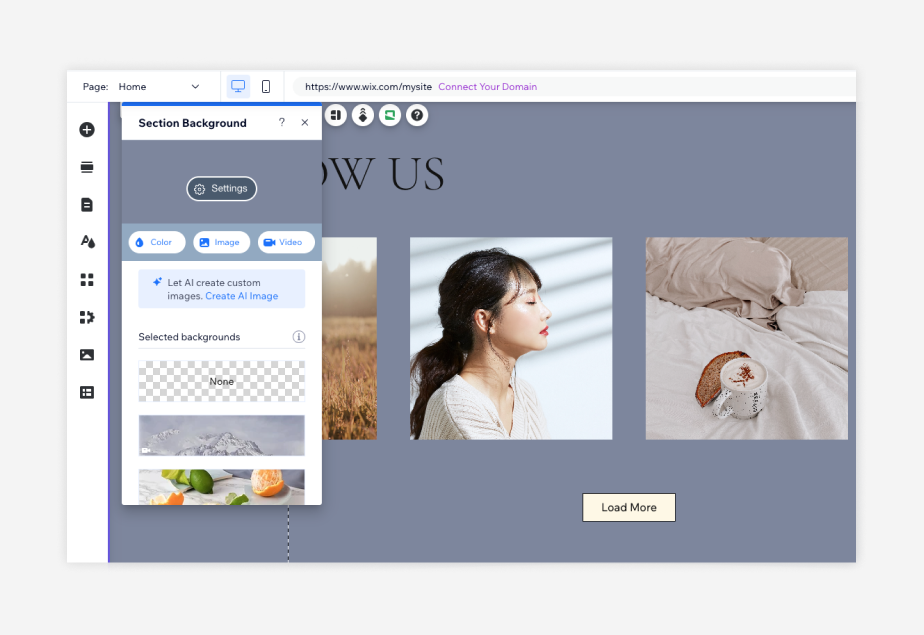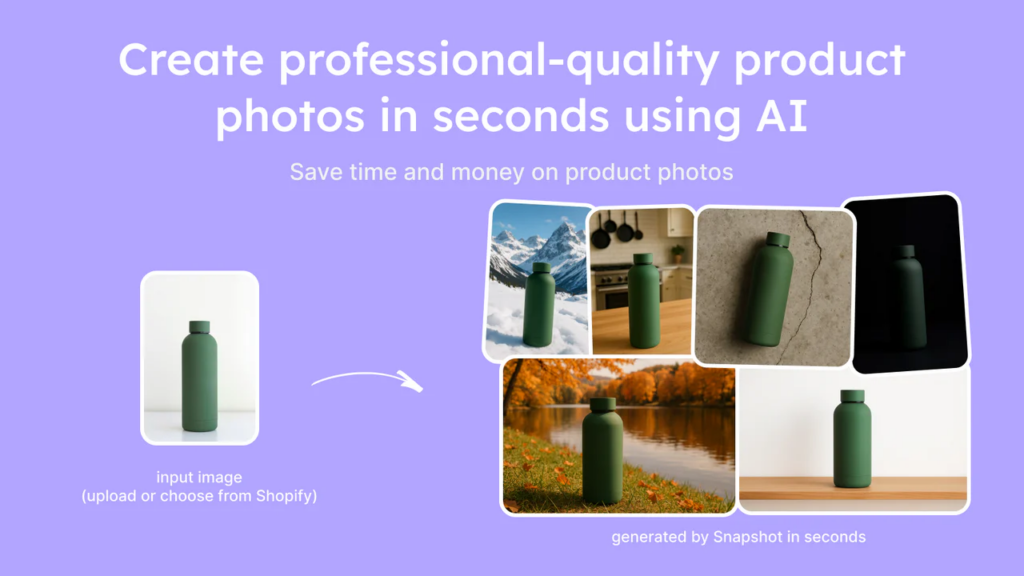Show:
AI-Enhanced Web Design: How Smart Interfaces Are Changing User Experience
Web design used to be about aesthetics and layout—color palettes, pixel-perfect alignment, and keeping load times under two seconds. But now? It’s becoming something else entirely. Something smarter. Something that responds, adapts, and even predicts.
Due to the introduction of AI-enhanced web design, we’re not just building websites anymore—we’re crafting intelligent digital environments that learn, personalize, and engage users in ways that were unimaginable just a few years ago. It’s not hype. It’s happening right now and the changes are profound.

What Is AI-Enhanced Web Design?
At its core, AI-enhanced web design refers to the integration of artificial intelligence technologies into the process of creating and optimizing websites. This includes everything from layout generation and personalized content delivery to predictive analytics and automated user testing.
Some of the core technologies behind this include:
- Machine learning algorithms that analyze user behavior
- Natural language processing (NLP) for chatbots and voice interactions
- AI-powered content personalization
- Image recognition and adaptive media
- Predictive analytics that anticipates user needs and optimizes navigation paths
By embedding these smart tools into the design process, websites can adapt in real-time based on individual user interactions—leading to more relevant experiences, increased engagement, and ultimately, better business outcomes.
Why AI-Enhanced Web Design Is Gaining Traction
Let’s get one thing clear: This shift isn’t just a trend. It’s being driven by real-world data and undeniable results. According to the 2023 McKinsey report personalization driven by AI can increase conversion rates by 5-15% and marketing spend efficiency by 10-30%.
Several forces are accelerating this adoption:
- Rising user expectations: Visitors expect instant, relevant, intuitive experiences. AI delivers on that.
- Content overload: With more digital noise than ever, AI helps surface what matters most to each user.
- Design inefficiencies: AI can automate repetitive design tasks and deliver insights faster than human teams.
The Benefits of AI-Enhanced Web Design
The move toward AI-enhanced web design isn’t just a trend—it’s a necessity for brands looking to thrive in the digital age. As users expect smarter, faster, more intuitive experiences, AI offers the tools to meet (and exceed) those expectations. Here’s how:
1. Personalized User Experiences
AI doesn’t just display content—it curates it. By analyzing behavior, location, preferences, and even device type, AI tailors every aspect of the experience.
- Returning users see content aligned with their past interests
- New visitors are guided through custom pathways based on demographic or behavioral predictions
- Product recommendations, blog articles, and layout elements all adapt in real-time
This level of personalization leads to higher engagement, longer time on site, and better conversion rates.
2. Faster, Smarter Design Iteration
Design isn’t just about aesthetics—it’s about evolution. AI speeds that up.
- Tools like Adobe Sensei, Uizard, and Wix ADI can suggest color palettes, font pairings, and layout arrangements based on brand identity and performance data
- AI automates A/B testing and continuously feeds insights back into the design loop
- Designers can quickly move from concept to deployment, with data guiding the creative process
The result? Faster launches, smarter decisions, and fewer redesign headaches.

3. Improved Accessibility
AI opens digital doors for users with varying needs.
- Voice commands and speech-to-text features enable hands-free interaction
- AI-generated alt text makes visual content more accessible for screen readers
Predictive text and guided navigation help users with cognitive impairments - Real-time language translation tools remove barriers for global audiences
Inclusivity is no longer a nice to have. AI makes it practical and scalable.
4. Real-Time Optimization
Your website shouldn’t be static. With AI, it never has to be.
- Content adjusts based on time of day, traffic spikes, or user flow interruptions
- Bounce risk triggers can lead to chatbot prompts, alternate CTAs, or personalized offer
- Smart interfaces adapt on the fly, always showing what works best at that moment
5. Deeper User Insights and Analytics
AI doesn’t just track clicks—it interprets intent, which moves your strategy from reactive to proactive.
- It identifies behavioral patterns invisible to traditional analytics
- Pinpoints where users hesitate, what causes drop-offs, and what content drives action
- Enables predictive modeling, so you can make decisions based on where users are going—not just where they’ve been
6. Lower Development Costs Over Time
Yes, there’s an upfront investment—but over time, AI reduces manual workload and speeds up optimization.
- Automated testing and layout suggestions eliminate trial-and-error design
- Fewer redesign cycles mean lower dev hours and faster updates
- Content generation tools reduce the burden on creative teams without sacrificing quality
The longer AI runs, the smarter and more cost-effective your design process becomes.
7. Competitive Differentiation
Let’s be honest—most websites still look and feel the same. The AI-enhanced design breaks that mold.
- You’re delivering tailored, intelligent experiences when others are still showing static pages
- Your brand feels more responsive, more intuitive, more… human
And in a crowded digital space, being felt rather than just seen is the real win.
How Smart Interfaces Are Reshaping UX
If you think AI-enhanced web design is just about automating tasks, think bigger. It’s fundamentally changing how users interact with digital products.
1. Hyper-Personalization at Scale
In the old world, personalization meant using someone’s first name in a welcome message. Now, AI analyzes behavior, location, device type, time of day, and hundreds of other data points to personalize layout, product recommendations, and even content tone.
2. Dynamic User Journeys
Instead of forcing every visitor through the same funnel, AI-enhanced interfaces adapt navigation flows based on how someone interacts with a site in real time.
3. Predictive UI Adjustments
Some AI systems can now predict when a user is about to bounce—and intervene. Some platforms use AI-powered chatbots to engage users proactively and reduce bounce rates substantially.
Let’s Talk About the Data Backbone: Why AI Needs High-Quality Inputs
None of this magic happens without clean, structured, and well-labeled data. This is the hidden layer most users never see—but it’s essential.
AI models can’t interpret raw chaos. They need labeled, annotated data to learn patterns, identify behaviors, and make intelligent decisions. This is where data annotation plays a starring role.
High-quality annotation is the foundation of smart design. Whether you’re training an AI to detect user frustration signals or predict what content will perform best, the reliability of those models depends entirely on how well the data was labeled.
Real-World Examples: Who’s Doing It Well?
AI-enhanced web design isn’t a futuristic concept—it’s already transforming how the world’s top digital platforms operate. From small businesses to global tech giants, organizations are using AI to reduce friction, personalize user experiences, and move faster than ever before.
Here’s what that looks like in practice:
Wix ADI: One of the Most Accessible AI Web Builders
Wix’s Artificial Design Intelligence (ADI) is a powerful tool designed for non-designers. After answering a few onboarding questions, the AI analyzes your content needs, industry, and brand voice—and then builds a website tailored specifically to your answers.
The ADI takes into account visual trends, UX best practices, and user engagement patterns. As of 2024, over 190 million websites are hosted on Wix, with ADI being credited for helping hundreds of thousands of small businesses get online faster.

Shopify: AI That Boosts Revenue Per Visitor
Shopify isn’t just an eCommerce platform—it’s a machine-learning-powered sales engine.
Their Shopify Magic suite uses AI to help merchants create product descriptions, optimize customer support, and most notably—generate smart product recommendations based on browsing behavior, purchase history, and customer profiles.
According to McKinsey, smart recommendations like these account for up to 35% of Amazon’s revenue—and Shopify merchants are seeing similar lifts in average order value and cart conversions.

Netflix: Personalized Everything
Netflix doesn’t just recommend content—it uses AI to personalize nearly every part of the user interface.
Each user sees a customized homepage, from featured carousels to thumbnails that are dynamically chosen based on what you’re most likely to click. The company even runs hundreds of A/B tests at once, using AI to learn what keeps users watching.

Smart Interfaces: The Core of AI-Enhanced Web Design
The interface is where AI truly comes to life. Smart interfaces powered by machine learning allow sites to “learn” and adapt.
Chatbots & Virtual Assistants
Thanks to NLP and AI, virtual assistants are now common on websites. These bots answer FAQs instantly, collect user feedback, offer personalized recommendations
Voice Interfaces
Voice AI is increasingly used for navigation, especially in mobile apps and smart devices.
Predictive Search
Search bars can now guess user intent after a few keystrokes, improving user experience and speeding up navigation.
What This Means for Designers (And Why It’s Not Replacing You)
AI-enhanced web design isn’t replacing creative professionals—it’s enhancing their toolkit.
According to Adobe’s Creative Trends 2023, 66% of designers reported using AI tools to automate mundane tasks and free up more time for high-level design thinking.
It’s less about the algorithm and more about what you do with the time it saves you. Tools like Uizard or Framer AI let designers prototype and validate ideas faster, but they still rely on human insight to guide the story.
So if you’re a designer, think of AI as your smart assistant—not your replacement.
Conclusion
The truth? We’re still at the beginning of this transformation.
From real-time personalization to predictive interaction design, AI is rewriting how people engage online. And while the tools are evolving fast, the goal stays the same: creating experiences that feel effortless.
Websites should do more than display information. They should respond, adapt, and learn.
In a digital world that moves at machine speed, AI-enhanced web design isn’t just a luxury—it’s a competitive edge.
And if your site doesn’t feel smart yet, chances are your competitors’ will soon.

 Return to Previous Page
Return to Previous Page








